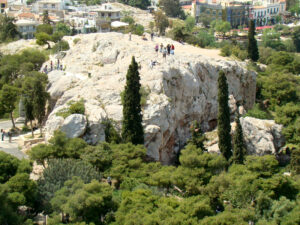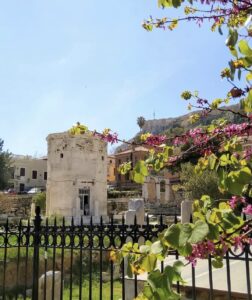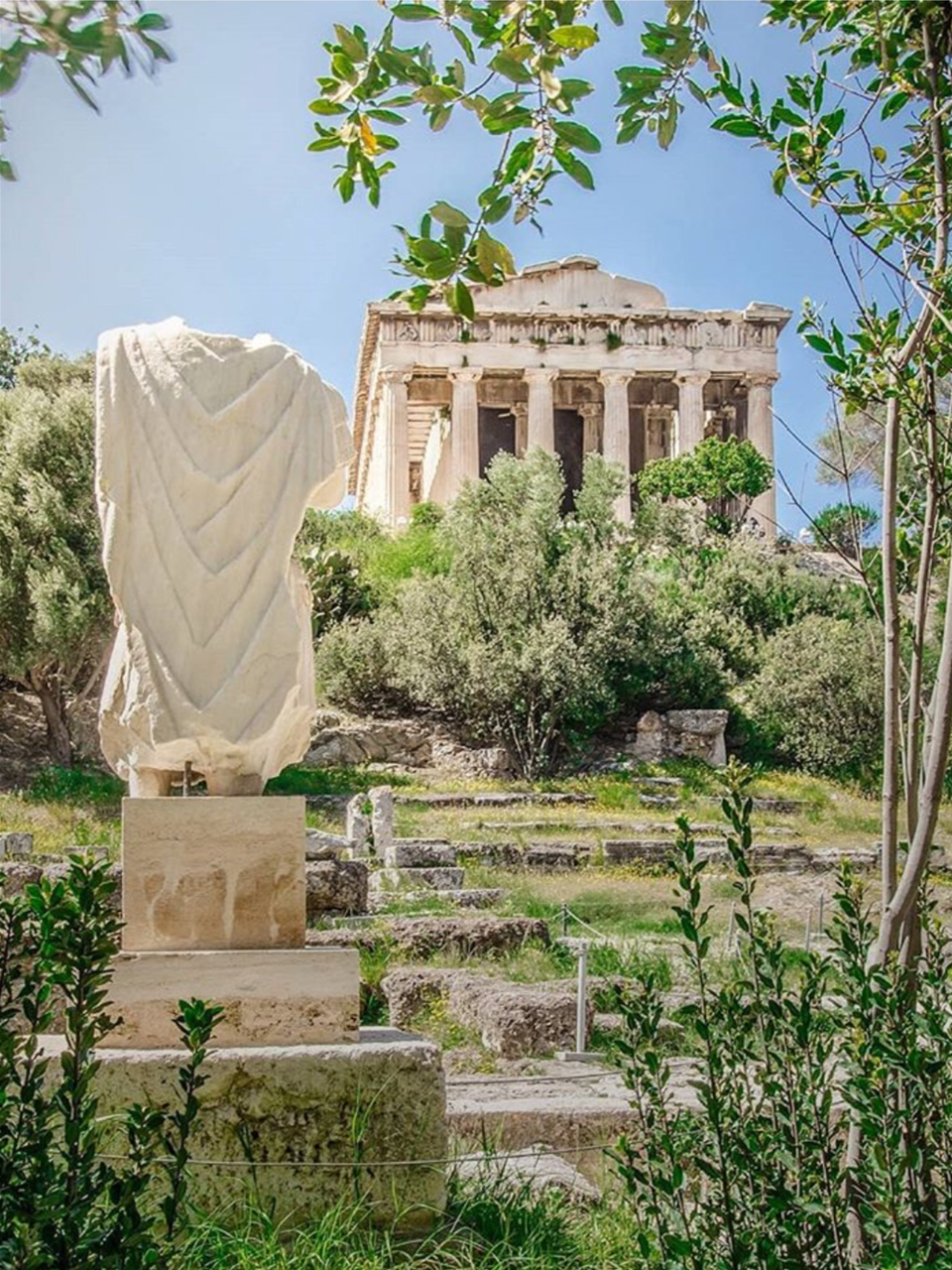
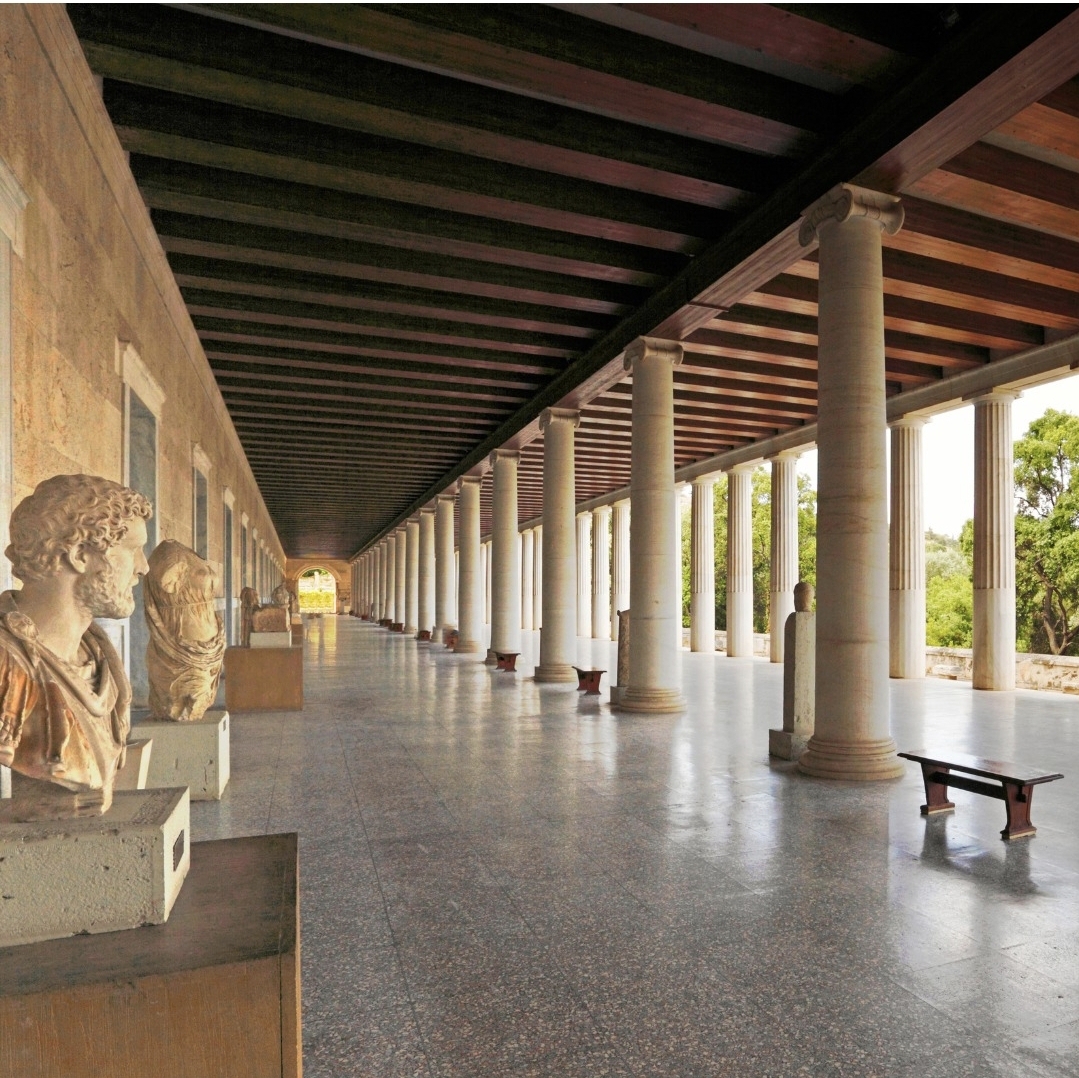
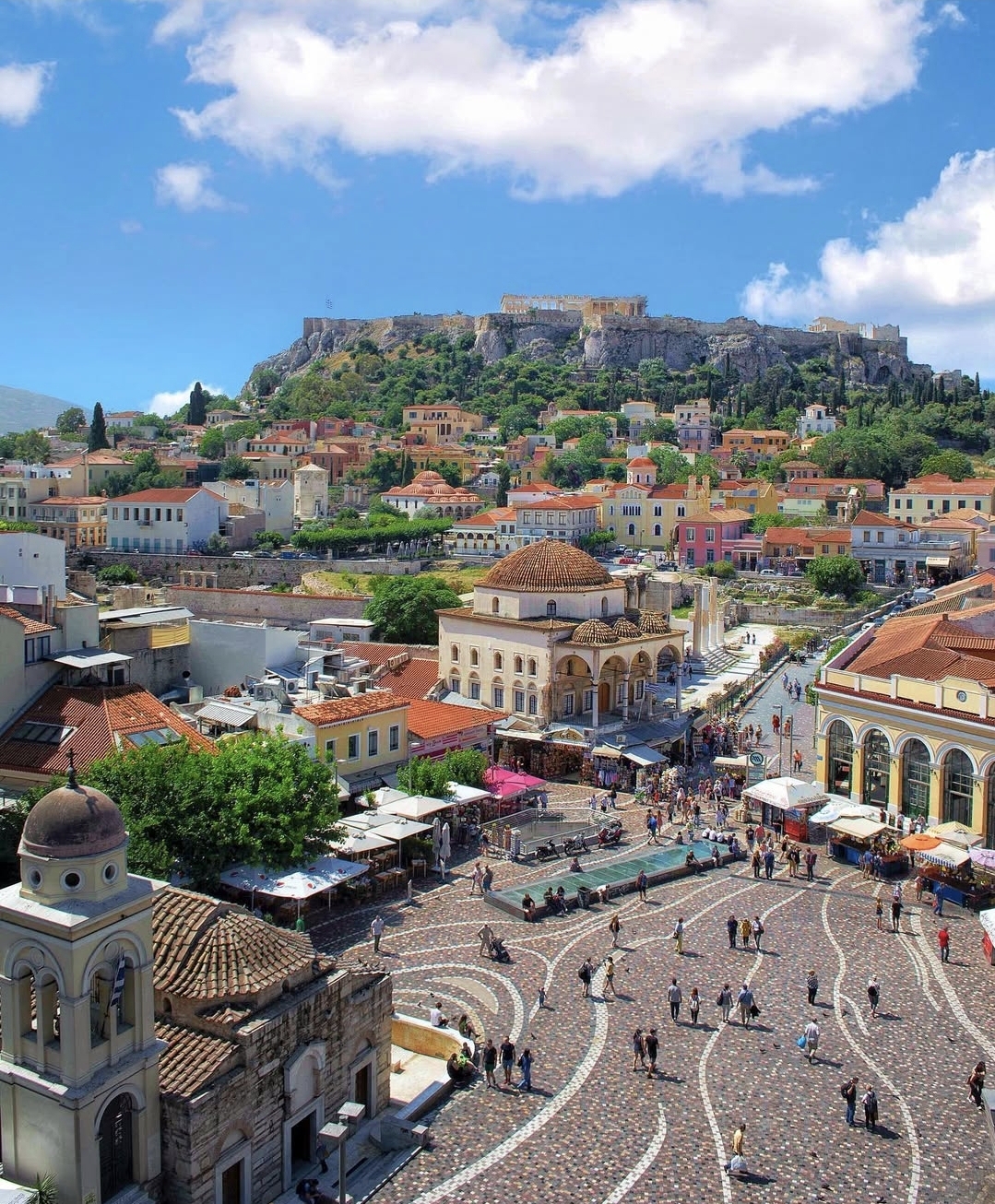
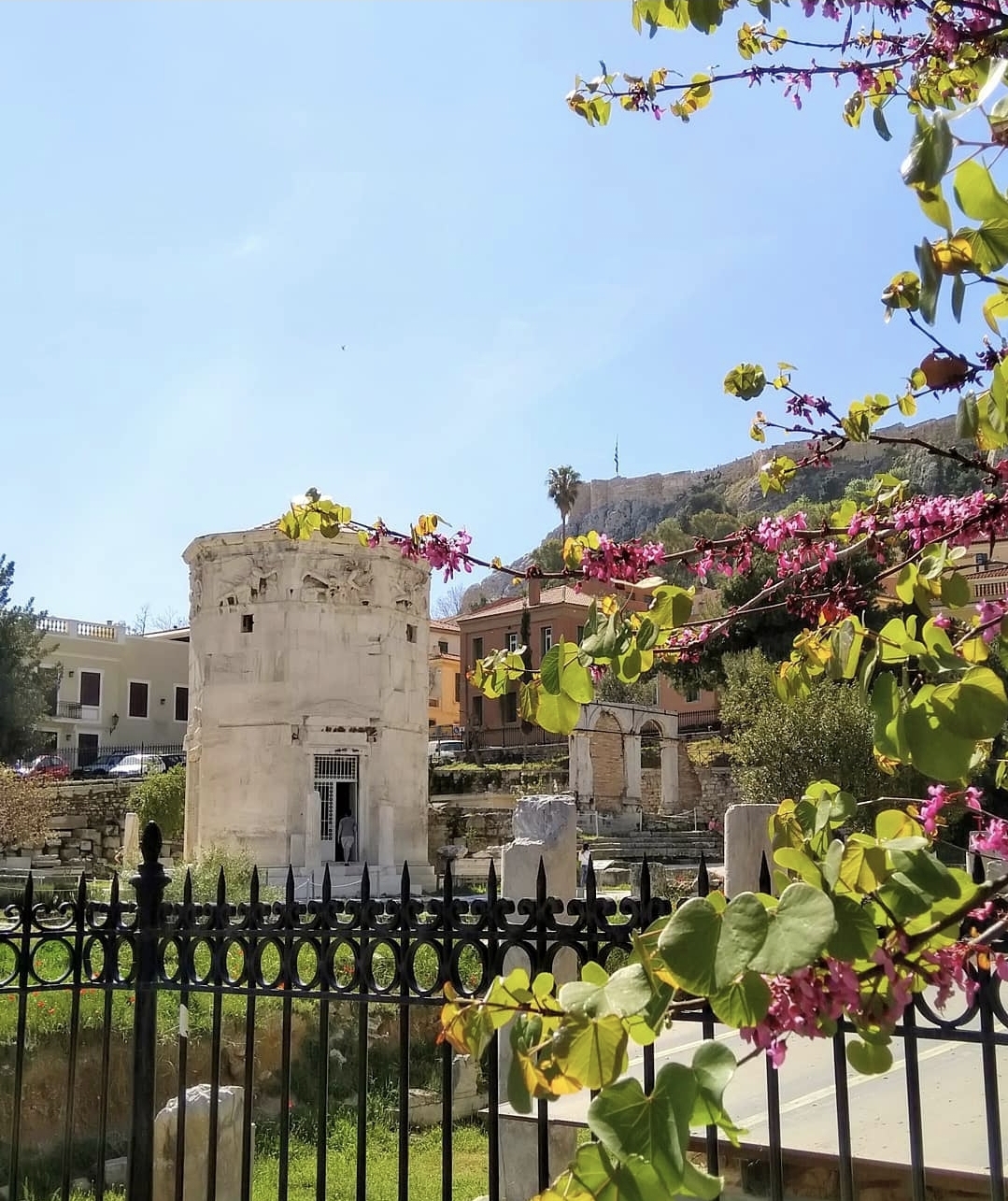
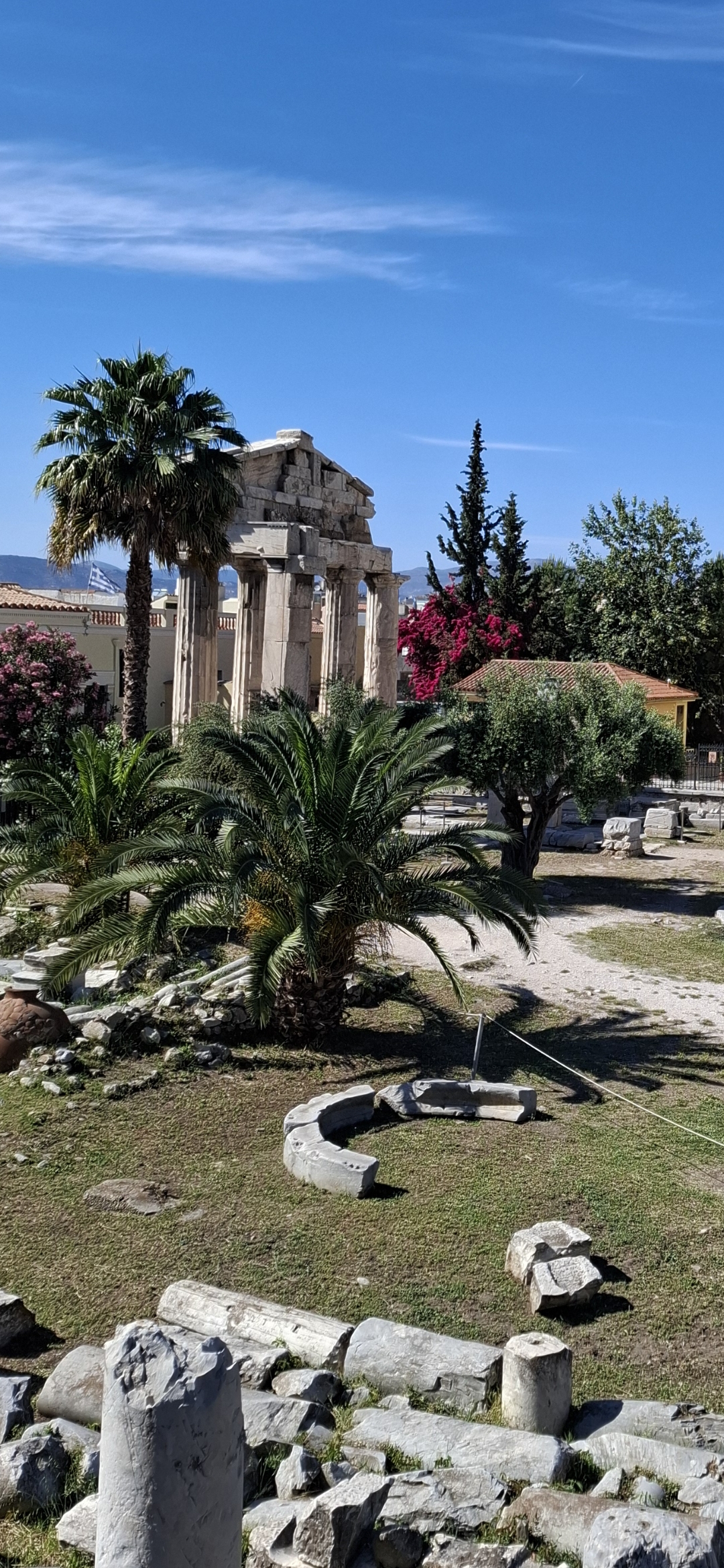

Come away with a deeper appreciation for Paul’s courage and a renewed zeal for sharing the Kingdom message!
Step into the world of Acts 17 as you retrace the Apostle Paul’s transformative journey through ancient Athens. This immersive tour brings to life his famous sermon on the Areopagus (Mars Hill), where he boldly declared the truth about the “Unknown God” to Athenian philosophers.
This immersive Bible tour brings to life Acts 17, retracing the Apostle Paul’s pivotal visit to Athens. You’ll explore the dramatic settings where he preached the Good News to Greek philosophers, idolaters, and early Christians.
Key Sites & Discussions:
Areopagus (Mars Hill): Stand where Paul delivered his famous sermon about the “Unknown God” (Acts 17:22-34) and analyze his powerful evangelizing approach.
Ancient Agora: Walk through the marketplace where Paul “reasoned daily” with Jews and Gentiles (Acts 17:17), and see the Stoa of Attalos and Temple of Hephaestus.
Altar of the Unknown God: Discover how Paul used Athenian idolatry as a teaching tool.
Philopappos Hill: Enjoy a panoramic view of the Acropolis while discussing how Paul’s message contrasted with Greek philosophy.

Paul’s Bold Mission in Athens
When Paul arrived in Athens (circa 50-51 CE), the city was a hub of pagan worship and Greek philosophy. As described in Acts 17:16-34, he was deeply moved by the city’s rampant idolatry—yet recognized a unique opportunity to preach the Good News. Your tour will transport you to the very places where Paul:
Reasoned in the Synagogue with Jews and God-fearing Greeks
Debated in the Agora (marketplace) daily with philosophers
Delivered his masterful sermon on the Areopagus, skillfully quoting Athenian poets to introduce the “Unknown God” as Jehovah
“This isn’t just a history lesson—it’s a masterclass in courageous evangelism from the apostle who turned Athenian philosophy on its head.”
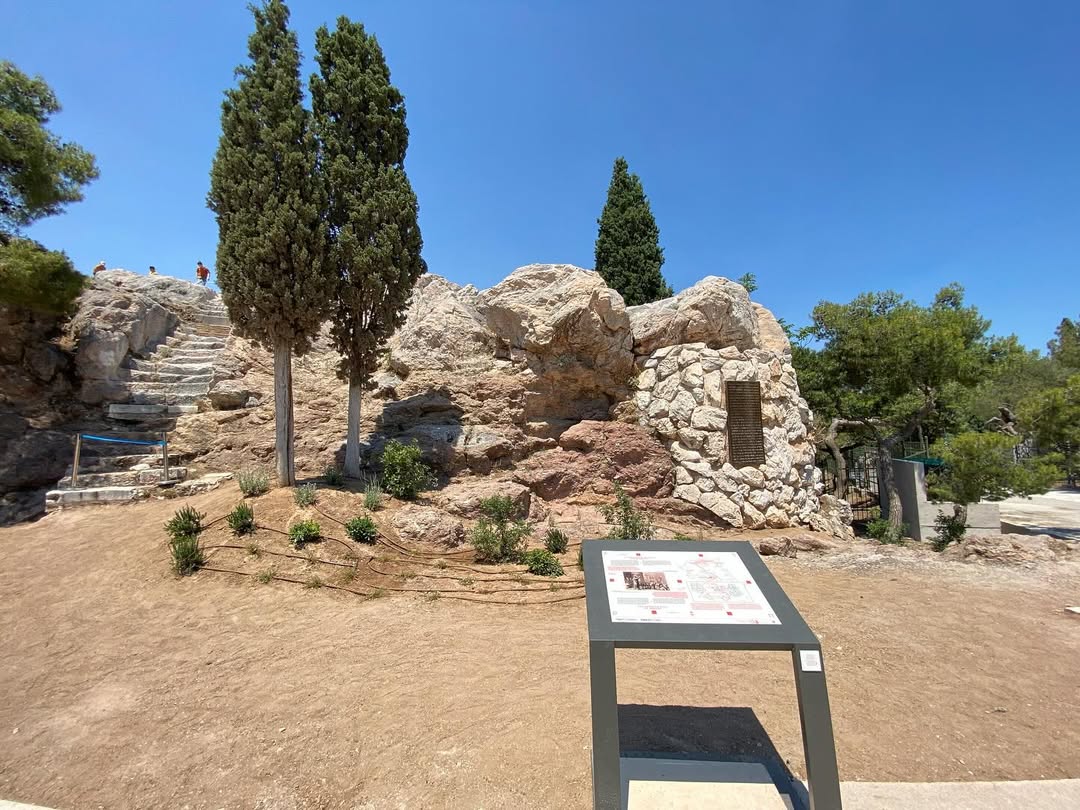






Participation Fee
€80/person
Admission fees to the archaeological site (€20/person) and refreshments are not included.
To convert this amount to your local currency, please click here .
Discounts are available for children and those in special full-time service (vow of poverty).
A minimum of two participants is required. Solo tours are possible if the cost for two participants is covered.
Deposit
We operate on a “first come, first served” basis. To secure your booking, a 50% deposit is required.
Deposits are refundable up to two weeks before the tour date in the event of cancellation.
Cancellation Policy
Booking a tour is a commitment. If you need to cancel due to unforeseen circumstances, the following policy applies:
- More than 2 weeks before the tour: Full refund
- Less than 2 weeks before the tour: 50% of the tour fee is charged
- No-shows: 100% of the tour fee is charged

